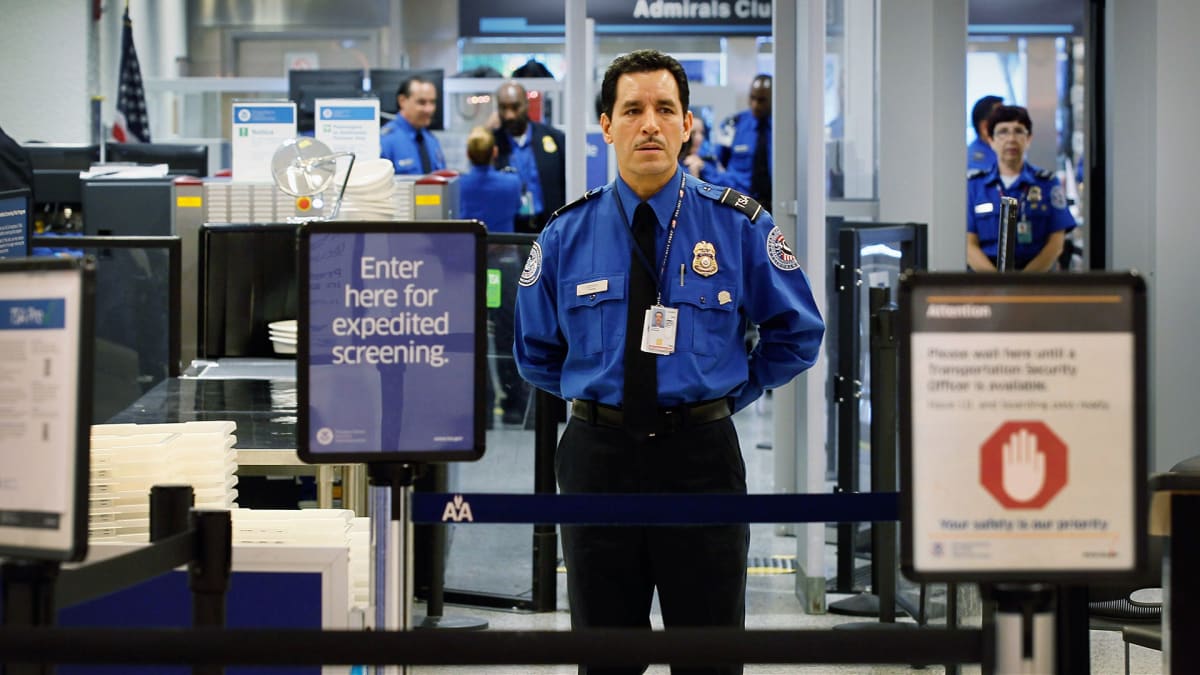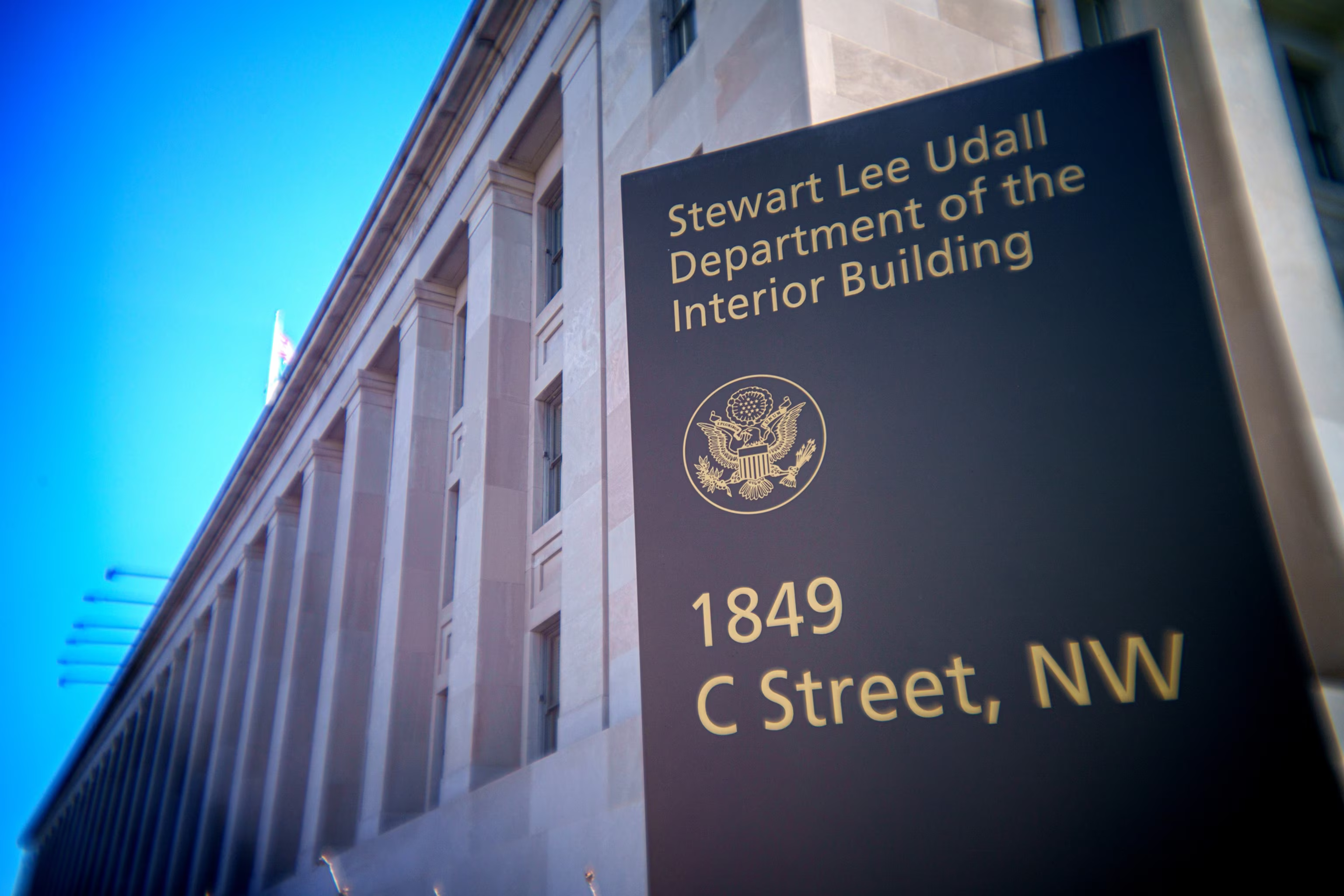Official Statements on Policy Changes
U.S. Homeland Security Secretary Kristi Noem announced during the Hill Nation Summit in Washington, D.C., on Wednesday that the Department of Homeland Security is reevaluating liquid rules in carry-on bags. “The liquids I’m questioning, so that may be the next big announcement is what size your liquids need to be,” Noem stated.
This declaration comes one week after eliminating the requirement to remove shoes at TSA checkpoints, indicating a broader review of airport security policies established after the September 11, 2001 events.
Background of Liquid Restrictions
The TSA’s 3-1-1 rule was implemented in September 2006, after British authorities intercepted a terrorist plot that would use liquid explosives disguised in beverage bottles during transatlantic flights. The policy establishes that liquids in carry-on bags must be limited to 3.4-ounce containers or smaller, stored in a single, clear, one-quart plastic bag.
This measure, along with mandatory shoe removal implemented after Richard Reid’s 2001 attempt, became an integral part of global airport security procedures.
Technical Justification for Changes
Noem explained that technological advances in scanning systems have allowed DHS to reevaluate these policies. “We have put in place in TSA a multilayered screening process that allows us to change some of how we do security and screening so it’s still as safe,” the secretary stated.
3D scanning systems and advanced detection technologies represent a significant evolution from the basic equipment used when restrictions were originally established. These new systems can identify potential threats without requiring previous limitations.
Airport Modernization Vision
The secretary outlined specific objectives for the future of American airports, including a security process lasting only one minute per passenger. “Hopefully, the future of an airport, where I’m looking to go is that you walk in the door with your carry-on suitcase, you walk through a scanner and go right to your plane,” Noem explained. “It takes you one minute.”
This transformation would involve technologies that would allow passengers to keep their carry-on bags intact throughout the screening process, eliminating the need to remove items or transfer liquids to specific containers.
Implementation Process
DHS is in negotiations with companies about technologies that would make these changes viable, with plans to implement pilot programs at selected airports before broader application. The gradual approach will allow rigorous testing to ensure maintenance of security levels.
A DHS spokesperson confirmed that “policy change announcements will be made through official channels” and that “Secretary Noem and TSA are constantly looking for ways to enhance security and improve the travel experience for the public.”
Timeline and Operational Context
Noem did not provide a specific timeline for when changes to liquid rules might be officially announced. The changes are being developed as the United States prepares for large-scale national events, including America250 events, the Olympics, and FIFA World Cup matches, which require efficient security systems for large volumes of passengers.
Maintaining Security Standards
The secretary emphasized that all changes maintain the rigorous security standards necessary to protect passengers. “It is still a process that is protecting people who are traveling on our airlines, but it has to make sense,” Noem stated. “It has to actually do something to make you safer.”
The TSA’s multilayered security system allows these modifications because it combines various security technologies and protocols, including additional officers at checkpoints, new scanners and advanced technology, plus the recently implemented REAL ID requirement.
Contact us today through our WhatsApp to discover how we can help you achieve success in the United States. Together, we can turn dreams into reality.
Information source: foxnews.com | abcnews.go.com | nypost.com | edition.cnn.com



